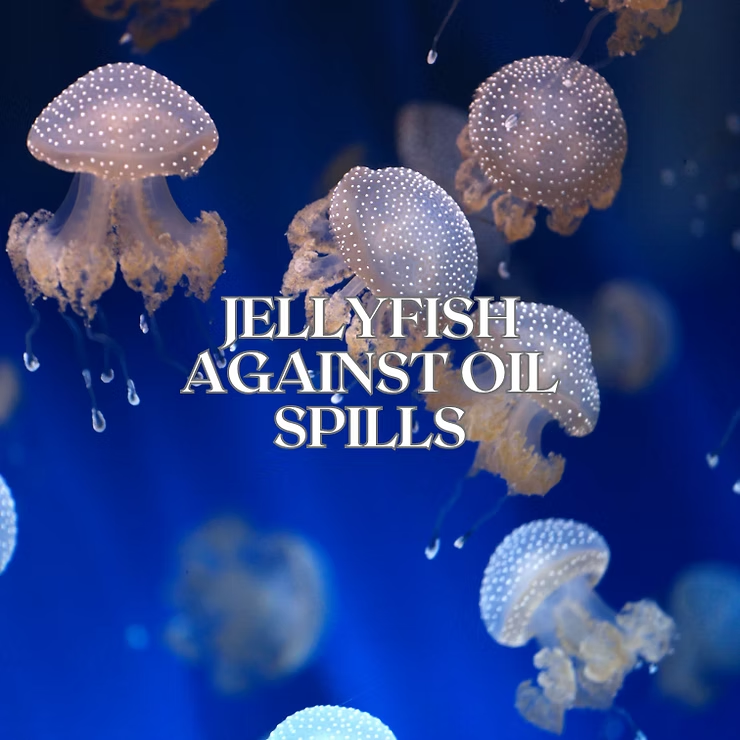The Role of Jellyfish in Oil Spill Mitigation
Jellyfish, often seen as simple drifters of the sea, may hold surprising potential in addressing one of the most pressing environmental challenges—oil spills. Their unique biology allows them to absorb oil, act as bioindicators of pollution, and even contribute to bioremediation. While the idea is both fascinating and controversial, ongoing research continues to explore how these gelatinous creatures could play a role in protecting marine ecosystems.
Jellyfish as Natural Oil Absorbers
Jellyfish possess gelatinous bodies capable of absorbing oil droplets, effectively removing pollutants from the water. Their tentacles can also trap oil, enhancing cleanup efforts. This natural absorption ability has sparked interest in using jellyfish as living oil sponges. However, deploying wild populations for cleanup remains impractical, raising questions about scalability and ecological impacts.
Jellyfish as Bioindicators
Beyond cleanup, jellyfish can serve as bioindicators of oil contamination. When exposed to oil, they display noticeable behavioral and physiological changes, including altered swimming patterns and visible stress. Scientists are developing monitoring systems that rely on jellyfish behavior to signal the presence of pollutants. While promising, jellyfish observations must be paired with other environmental data for accurate assessments.
Jellyfish as Potential Bioremediators
Research shows that jellyfish may play a role in breaking down hydrocarbons, converting harmful compounds into less toxic byproducts. This natural biodegradation process, combined with their ability to store oil internally, highlights their potential as bioremediation agents. Still, challenges remain, including the unpredictability of jellyfish blooms and the ethical concerns of manipulating marine ecosystems for cleanup.
Challenges and Controversies
- Negative blooms: Massive jellyfish populations can disrupt food chains, harm fisheries, and pose risks to humans.
- Ethical questions: Some argue against using living organisms for human benefit, raising concerns about exploitation and ecological balance.
- Feasibility: While jellyfish show promise, large-scale application remains uncertain and requires further validation.
Innovations Inspired by Jellyfish
Scientists are turning to jellyfish-inspired designs rather than relying on the animals themselves. Innovations include:
- Oil absorption materials: Fabrics like JellySorb mimic jellyfish tentacles, trapping oil efficiently while remaining reusable and eco-friendly.
- Monitoring systems: Early warning technologies track jellyfish populations to anticipate blooms and assess oil pollution impacts.
- Bioremediation techniques: Experimental approaches explore engineered symbiosis between jellyfish and oil-eating microbes to accelerate cleanup.
The Potential of Jellyfish
While much remains unknown, jellyfish highlight how nature can inspire solutions to human-caused challenges. Their natural oil absorption, bioindicator behavior, and potential in bioremediation open exciting avenues for environmental innovation. Yet, practical use requires balancing risks, ethics, and scientific validation. With continued research and interdisciplinary collaboration, jellyfish may one day support sustainable strategies in oil spill response.
Key Takeaways
- Jellyfish can absorb oil and may assist in bioremediation.
- They serve as bioindicators of marine oil pollution.
- Jellyfish blooms pose ecological and economic risks.
- Innovations include jellyfish-inspired materials and monitoring systems.
- Further research is needed to assess their effectiveness and feasibility.

